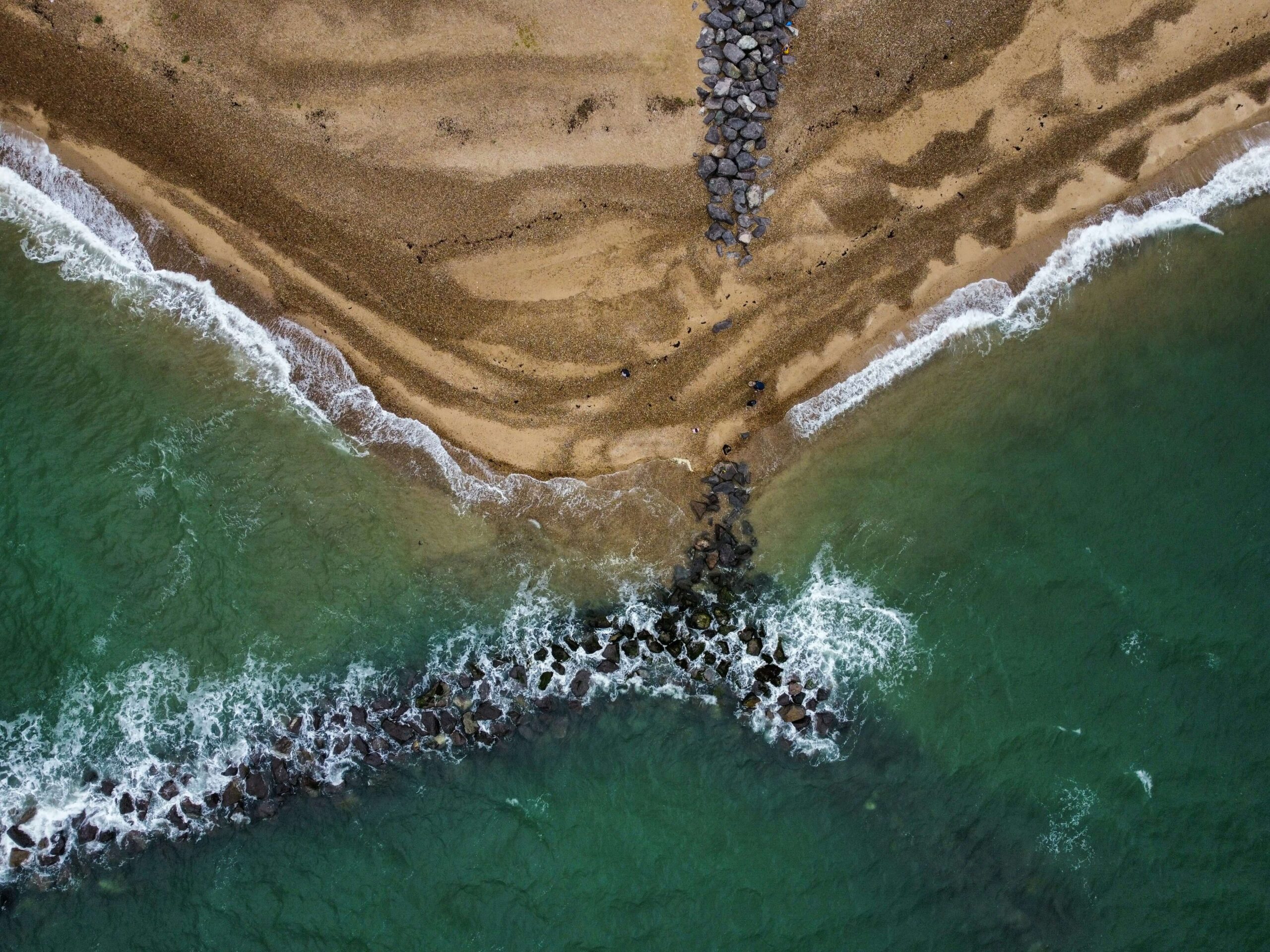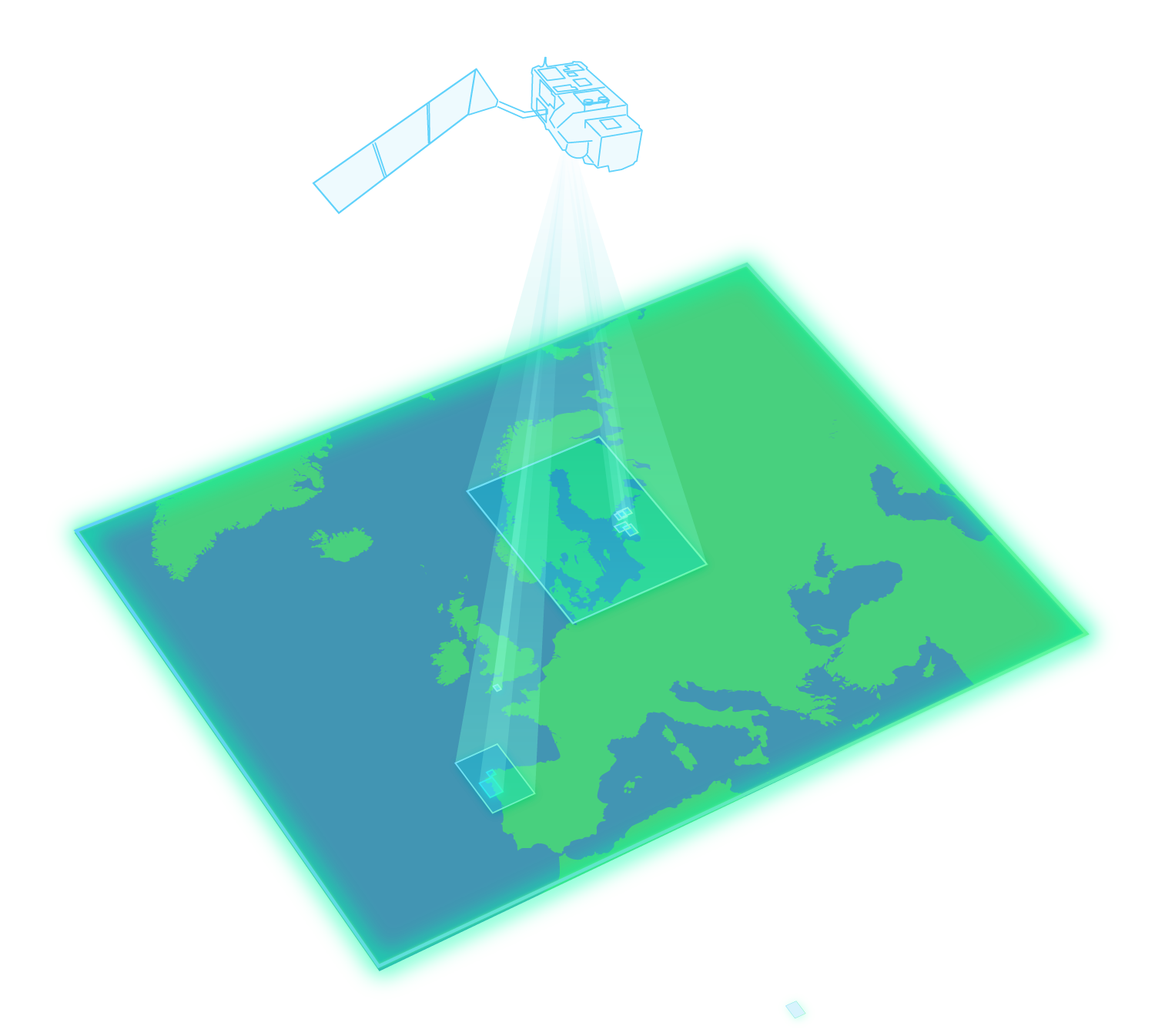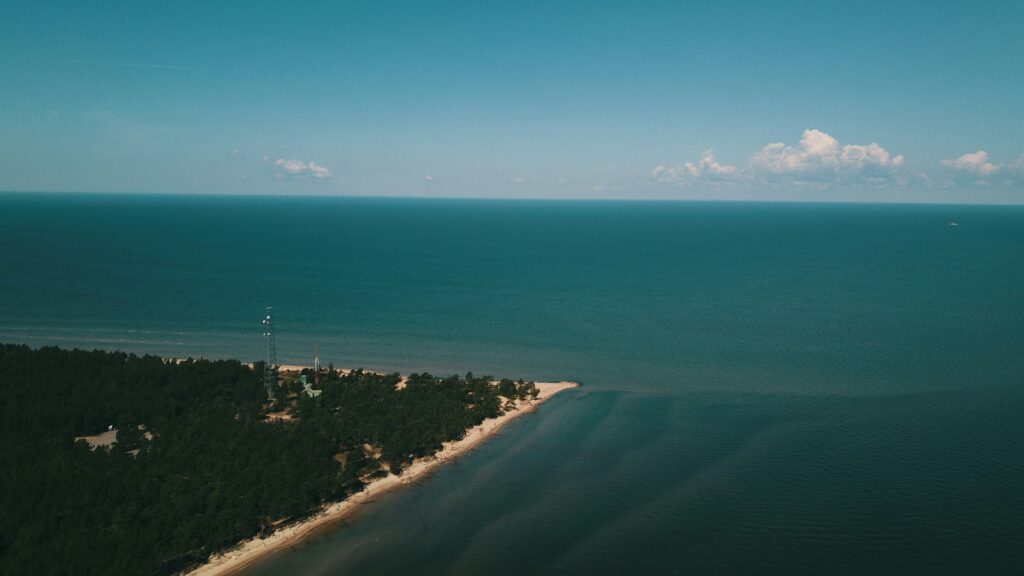About COOL
Carbon from earth Observation between Ocean and Land
The COOL project – Carbon from Earth Observation between Ocean and Land – is a European Space Agency (ESA)-funded initiative that aims to improve our ability to observe and understand the coastal carbon cycle using high-resolution satellite Earth observation (EO) data.
While the global ocean plays a vital role in regulating atmospheric CO2, the coastal ocean – the dynamic interface between land and the deep ocean – is especially important and often overlooked. These regions account for up to 30% of oceanic primary production, 50% of inorganic carbon burial, and 80% of organic carbon burial in marine sediments, despite covering only about 10% of the global ocean’s surface area.
The observation and modelling of coastal carbon dynamics face major challenges. The optical complexity of coastal waters makes them difficult to observe from space, and the rapid, small-scale changes in these environments require much higher spatial and temporal resolution than is typically available from current global EO products.

COOL's vision
COOL sets out to close this critical gap by:
- Developing and refining EO algorithms tailored to coastal waters,
- Producing high-resolution datasets for Particulate Organic Carbon (POC), Particulate Inorganic Carbon (PIC), Dissolved Organic Carbon (DOC), and Primary Production,
- Generating supporting products such as remote sensing reflectances, chlorophyll-a, suspended particulate matter, and coloured dissolved organic matter (CDOM).
- By focusing on Sentinel-2 and Sentinel-3 satellite data, COOL will deliver carbon products with the detail needed to monitor the dynamic processes that govern the carbon cycle in coastal zones.
Focus areas and scientific goals
COOL will:
- Characterise and quantify carbon pools and fluxes in coastal waters at high spatial (~300m) and temporal resolution,
- Focus on two contrasting European regions: the Baltic Sea, where riverine DOC plays a key role, and the Iberian upwelling zone, where vertical nutrient transport drives intense primary production,
- Support next-generation coastal biogeochemical models by providing synoptic satellite datasets that can validate model outputs and help refine forecasts,
- Collaborate with international experts, contribute to scientific publications, and support global efforts to constrain the ocean carbon budget.
- Through this work, COOL aims to enable a step-change in how we observe, model, and manage coastal carbon systems to inform climate mitigation strategies, supporting sustainable ocean use, and advancing the frontiers of satellite oceanography.

The Iberian upwelling zone and the Baltic Sea are two areas of focus in the project
The Team
International Collaboration
Latest Updates

COOL Project Kicks Off: Advancing Earth Observation of the Coastal Carbon Cycle
We are excited to announce the official launch of the COOL project — Carbon from Earth Observation between Ocean and Land. Funded by the European Space Agency (ESA), this pioneering initiative brings together leading researchers to tackle a longstanding challenge in environmental science: accurately observing and understanding the carbon cycle in coastal oceans.
